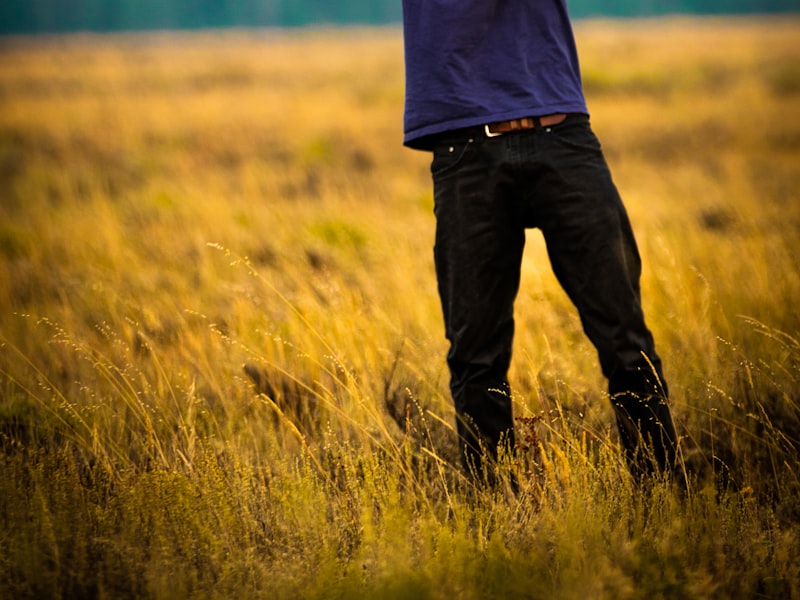Combining Skis and Bikes

When traveling, it is easy to forget about your bike and skis, but not if you combine them! Ski biking has become popular in Europe. This activity combines a bike frame and skis, which are often skated or worn as a support. In addition, skis can be worn on top of the bike to help prevent injuries. Read on to find out how this combination can be beneficial. Here are some rental operations you can try.
Mountain bikers
Mountain bikers and skiers share several characteristics. Both require skillful balance, controlling skids on a loose surface, and accurate judgment of speed. For both, speed is an ally. Skis and mountain bikes, however, require a more precise approach. In this article, we'll explore the similarities and differences between the two sports. After reading this article, you'll be ready to join the fun!
The first thing you need to know about mountain biking is the framework that you'll follow to learn how to ride the trails. You won't master every trail on your first day. Start small and build up your skills and fundamentals slowly. Mark Zuccerburg once said, "The biggest risk is not taking a risk." The same principle applies to mountain biking: calculated risks are the spice of life. To ensure safety, you'll need to be alert while riding on the mountain.
One similarity between mountain biking and skiing is the feel of riding. The two sports require different G forces. As a mountain biker, you can apply the techniques you've learned on the bike to the ski slopes. Flow is similar to linking turns, while charging down a fall line requires a different body stance. As a result, skiers and mountain bikers can learn from each other.
Rental operations
Until recently, Blockbuster Video stores had all of the software needed to run their skis and bike rental operations. But now those businesses are in trouble, thanks to the growth of online rental options. Online ski and bike rental software can manage all of the rental details in one place, including reservations and payments, and even allow more than one user to sign a single order. And now, these software programs have cloud backups and workflow.
To prevent fraud and theft, a good ski and bike rental management software should protect customer information. This is especially important for skiers, who often order equipment using their credit cards. It should also protect customer information against unauthorized use, like credit card information and billing information. You should also limit access to customer information, so only the rental managers can view sensitive data. Using this software, you can also track your customers' preferences and size needs and cancel reservations without having to deal with customer requests.
Cost
It can be expensive to buy the proper skis and bikes. Even basic recreational equipment can cost as much as $500 or more. But there are ways to save money on these items. First, rent the equipment if you're new to skiing. You can try a wide range of ski clothing at a rental shop before making a final purchase. You can expect to pay about $30 a day for ski clothing and about $8 a day for ski goggles. Renting a helmet costs about $15 per day.
Purchasing equipment for outdoor activities is expensive. Skis and bikes can cost over $1,000, and you'll need to buy poles and boots for them. Season passes to ski resorts can be $1,000 or more. The price of lift tickets and passes will likely be the same, but ski equipment is heavier. And don't forget the other costs associated with ski and bike equipment. Some sports cost thousands of dollars to learn and practice.
Ski bikes are the most expensive type of bike. These are designed with technology that adjusts to snowy conditions. They have an aerodynamic frame and front suspension for better balance and traction. They also have flexible skis that lift the front ski off the snow. They cost $1700 to $3,000, but are worth it if you're a pro. If you plan on spending time on the snow , ski bikes are an excellent option for a day out.
